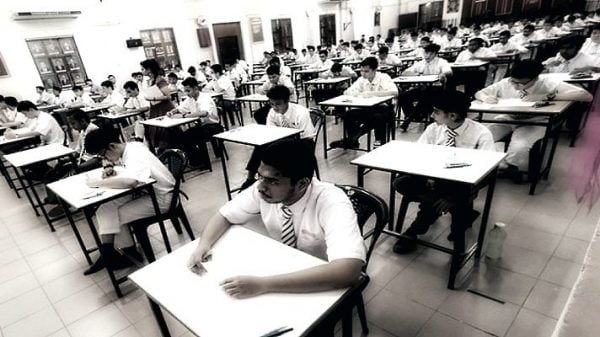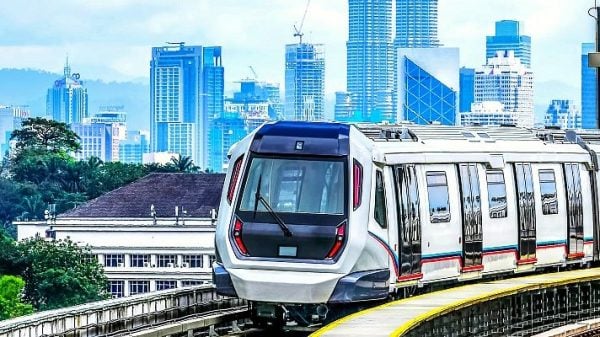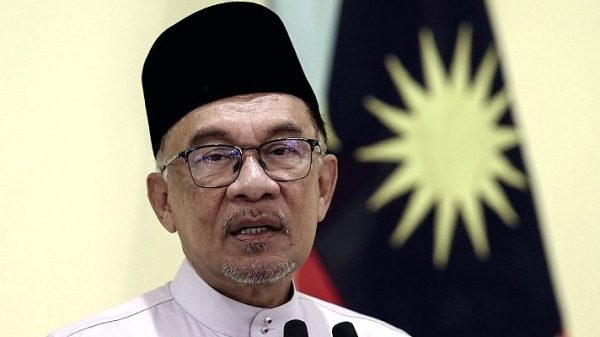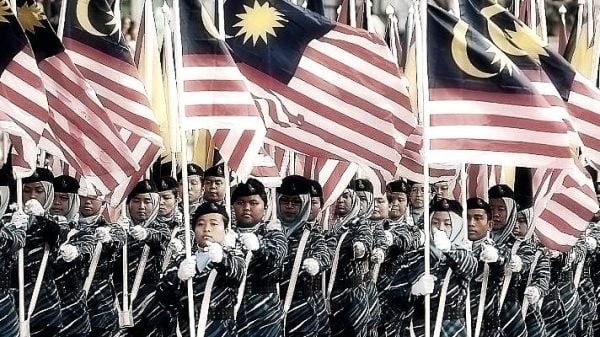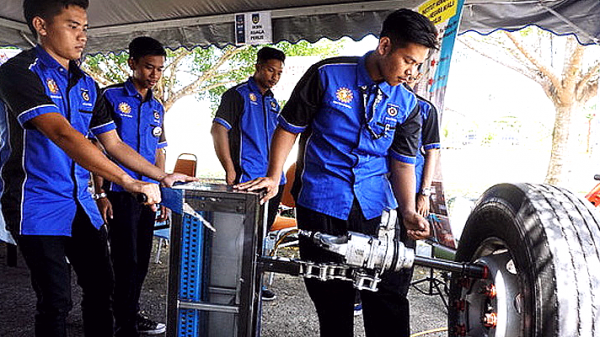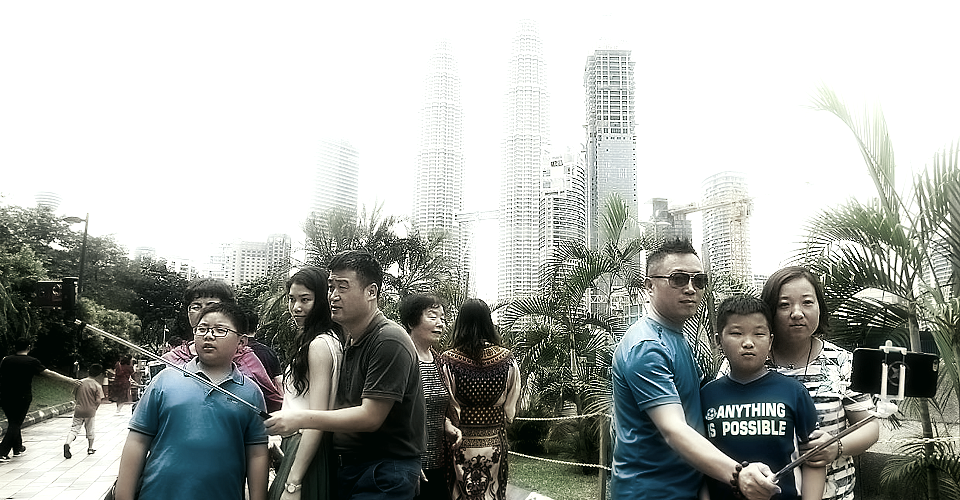
The government announced that starting December 1, 2023,Chinese tourists can enter Malaysia visa-free and enjoy a 30-day stay period.
This announcement is seen as a new and strong stimulus measure to revitalise the Malaysian economy since the outbreak of the Covid-19 pandemic in 2020 which in the three subsequent years had caused huge losses in our transportation industry, hotels plus catering businesses and travel agencies, as a result of sharp decline in the number of foreign visitors to Malaysia.
Tourism is the third largest industry in Malaysia, ranking first in the service industry.
According to statistics, the tourism industry and its related upstream and downstream industries employ 3.5 million people, accounting for about a quarter of the country’s employed population.
It plays an extremely important role in economic development and the people’s livelihood.
When you travel abroad, it is indispensable that you need to communicate with the local people through a language in matters from the most basic daily necessities to the understanding of the local cultural landscape, customs and history, among others.
Except for those who are engaged in business or those having had a good foreign language training, the vast majority of Chinese tourists visiting Malaysia are believed to be largely like the Japanese or the Koreans in their limited ability in using English, a widely spoken international language.
Even if they might have studied English in high school or university for a number of years, very few of them are equipped with English communication skills to converse with the locals at a slightly in-depth level.
Malay is an uncommon language in China and it can only be learned in certain foreign language colleges across the country. Chinese people generally do not understand the language at all.
For Chinese tour groups that come to Malaysia, the local tour guides they receive are basically good at Mandarin Chinese. Although they generally do not have the rich professional vocabulary and fluent expression skills like Chinese travel agency tour guides, they are generally competent.
However, when Chinese group tourists leave their tour guides and go shopping on their own, or travelling independently, can they do so smoothly in Malaysia where ethnic Chinese account for only 23% of the country’s population?
As a matter of fact, there are indeed unobstructed places. For example, there are about 500 Chinese new villages in West Malaysia. There are Chinese primary schools here where local Chinese villagers would receive six years of basic Chinese language education.
There are also small- and medium-sized towns in the more economically developed states on the west coast of the peninsula.
Leaving the above-mentioned states stretching from Penang to Johor in the south and Pahang, the use of Chinese is not widespread in Kedah, Perlis, Terengganu and Kelantan, where Mandarin Chinese might only be used in some shops run by ethnic Chinese.
English is barely accessible, but Malay is particularly important.
There is a need to train our employees in various tourism-related sectors with Mandarin Chinese skills to enhance our international competitiveness.
Recently, a Chinese female tourist “Classmate Xiao Yi” posted a video to explore whether it was feasible for her to try to communicate only in Mandarin Chinese with non-Chinese residents.
The result was obvious that it didn’t work. Malays and foreign workers do not know Chinese at all.
Because Xiao Yi is a foreign tourist, it is understandable that she did not know Malaysia’s language usage environment and the ethnic-based educational background in our multiracial society.
In the capital city of Kuala Lumpur, many old-generation English-educated Chinese do not speak Mandarin Chinese. They may be able to speak Cantonese, but other than tourists from Guangdong who can understand Cantonese, other Chinese tourists may not understand the dialect.
To communicate with Chinese tourists, you basically have to rely on Mandarin Chinese. Although the vocabulary and pronunciation of local Malaysian Chinese are slightly different from those in China, due to the popularity of Chinese TV dramas in recent years and the love of Mainland China’s entertainment shows by young and old, the pronunciation of Mandarin Chinese by local Chinese has made certain progress.
The Covid-19 pandemic has seriously affected Chinese tourists visiting Malaysia in the past three years, but this is seen only as a short transition period.
Judging from the normal development trend in the 20 years before the pandemic, the number of Chinese tourists increased rapidly from 250,000 in 1998 to 3.1 million in 2019.
It is foreseeable that Chinese tourists can take advantage of the convenience of visa-free entry in the future, and the number of visitors to Malaysia will grow significantly.
As global tourism recovers, an increase in the number of travellers from other parts of the world, especially China, will inevitably bring prosperity to our transportation industry, hotels, resorts, restaurants and travel agencies.
When one considers that the performance of the tourism industry is critical to the national economy, don’t we think there is an urgent need to train our Malay, Chinese and Indian employees engaged in the various tourism-related service areas with Mandarin Chinese skills in order to enhance our international competitiveness?
(Wong Tai-Chee has his B.A and M.A degrees in Urban and Regional Planning from the University of Paris, and earned his PhD in Human Geography from the Australian National University. After teaching 20 years in Nanyang Technological University, Singapore, he retired in 2013. He then worked as Distinguished Professor for two years at Guizhou University of Finance and Economics, China, and as Dean and Professor at the Southern University College, Johor until the end of 2018. He was Visiting Professor to University of Paris (Sorbonne IV), Visiting Fellow to Pekin University, Tokyo University and University of Western Australia. His main research interests are in urban and economic issues, and more recently on Malaysian politics. Besides his 15 self-authored and edited book volumes, he has written over 100 academic articles and published widely in international journals.)
ADVERTISEMENT
ADVERTISEMENT






